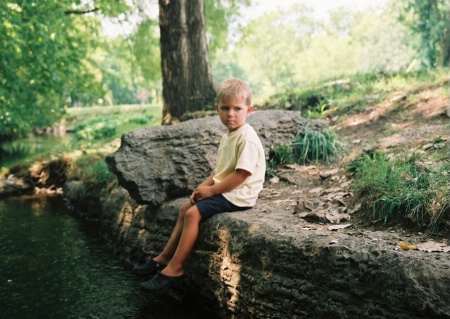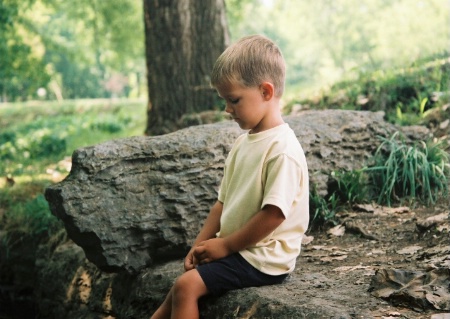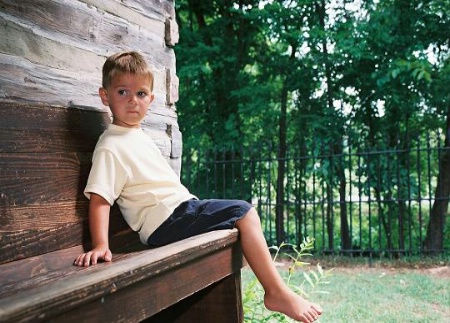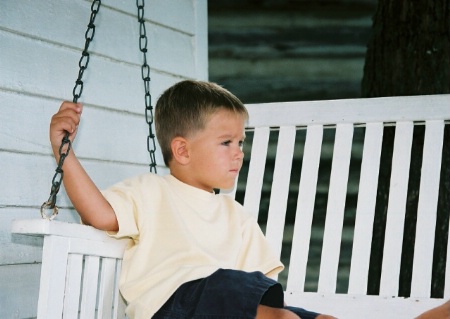
Shannon M. Phillips |
|
Portrait Quality
|
|
|
|

Canonsburg
aperture 8.0, shutter 180, lens 28-90mm,
Shannon M. Phillips
|
|
|
|

Canonsburg
aperture 5.6, shutter 180, lens 28-90mm
Shannon M. Phillips
|
|
|
|

Canonsburg
Shannon M. Phillips
|
|
|
|

Canonsburg
Shannon M. Phillips
|
|
|
|
I have been asked by a friend to take some pictures of her children. I am new to photography and alot of the technical aspects have had me overwhelmed. I am concerned about the type of film to use and the enlargements I can get out of the pictures. In the images in my gallery I have used 200 speed film but it was just a store brand. I have bought Porta 160 and 400 NC. What speed should I use at the creek on a partly sunny day? The creek is in mostly shade. Since I have not used the Porta before should I use it on the shoot before testing it out. If you could take a look at the creek shots in my gallery. They are from the same location. Please any advice on how to improve my pictures would be appreciated.
July 09, 2007
|
|
|
Mark Feldstein |
|
Well Shannon, since you mentioned the "f" word (film), first, let me say congratulations. Go with the 160 porta, shoot it at iso 100 to get better color saturation because it's color negative film. That means you're overexposing it by about 2/3 of a stop. The 400 may produce larger grain than you want at larger print sizes. Most of the time you'll want to avoid that. Based on your scene description, take along a fill-flash if you have one, set that at 1/2 the exposure your camera meter tells you to use, but make sure you use it at the proper synchronization speed for your camera. That's usually around 1/80th or 1/60th at a second. Ideally, you'll have a flash bracket or a stand to mount the flash on away from the camera to avoid having the light appear too harsh. 1/2 the exposure value you get, even 1/3 the exposure value you get with a meter, should give you pleasing results. That's especially true since color negative film has a pretty wide exposure latitude. Any f-stop you determine with a meter of some kind should be fine although the smaller the lens opening (the higher the f-number) the greater the depth of field you'll have. All that means is to blur the background out, using a smaller f-stop like f2.0, f4 or even f5.6.
Take it light. ;>)
Mark
July 09, 2007
|
|
|
Mark Feldstein |
|
BTW, since you mentioned you're new at this, I highly recommend that you score a book called "National Geographic Field Guide" to Photography" by Peter Burian (wjo pops in here once in awhile, (or used to)and Bob Capito. It's a handy portable size pack of info, easy to understand. So simple even pros can understand it and find useful. Nice photography in it too.
M.
July 09, 2007
|
|
|
Andrew D. Woodard |
|
is this the issue you are referring too? http://www.amazon.com/National-Geographic-Photography-Field-Guide/dp/079225676X/ref=pd_bbs_sr_2/002-4005173-8508032?ie=UTF8&s=books&qid=1185321486&sr=8-2
July 24, 2007
|
|
|
John P. Sandstedt |
|
With regard to the portraits you've shown above, take a tip from Robert Capa. "If your pictures are no damn good, you're too far away."
July 25, 2007
|
|
|
Debby A. Tabb |
|
I Agree.
Shannon,
A Portrait captures the essance of a subject. A landscape may involve a subject human or animal and tell a story, But a Portrait is ment to capture the personallity or a moment of it in a subject.
I do hope this helps,
Debby
** Portrait
From Wikipedia, the free encyclopedia:
A portrait is a painting (portrait painting), photograph (portrait photography), or other artistic representation of a person, in which the face and its expression is predominant. The intent is to display the likeness, personality, and even the mood of the person. For this reason, in photography a portrait is generally not a snapshot, but a composed image of a person in a still position. A portrait often shows a person looking directly at the painter or photographer, in order to most successfully engage the subject with the viewer.
July 25, 2007
|
|
|
Shannon M. Phillips |
|
Maybe I should have just said picture quality. I am only concerned about the enlargement abilities from the film type mentioned above. And anyway that the above images could have been improved.
July 25, 2007
|
|
|
|
Log in to respond or ask your own question.
|